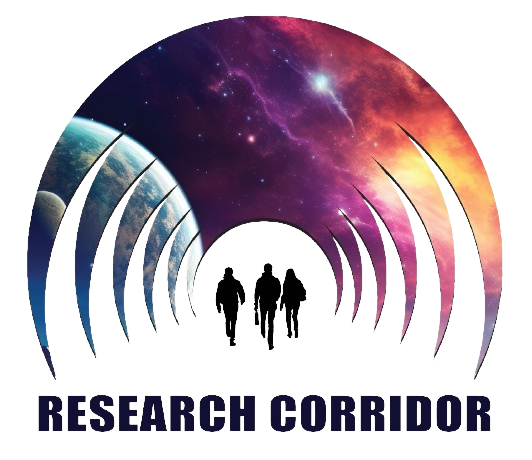Structural Biology Techniques in Drug Discovery: From Crystal Structures to Therapeutic Applications
Keywords:
structural biology, drug discovery, X-ray crystallography, NMR spectroscopy, Cryo-EM, structure-based drug design, computational drug design, protein structure, ligand binding, drug target identification, therapeutic applicationsAbstract
Structural biology techniques have revolutionized the field of drug discovery by providing atomic-level insights into the structure and function of biological macromolecules. X-ray crystallography, Nuclear Magnetic Resonance (NMR) spectroscopy, and Cryo-Electron Microscopy (Cryo-EM) are the primary techniques used to determine the three-dimensional structures of proteins, nucleic acids, and their complexes. These structures serve as blueprints for rational drug design, enabling the identification of potential drug targets and the development of small-molecule inhibitors or protein therapeutics.
X-ray crystallography involves crystallizing a protein or protein-ligand complex and then bombarding it with X-rays. The diffraction pattern produced by the crystals is analyzed to generate a high-resolution three-dimensional structure. NMR spectroscopy, on the other hand, relies on the magnetic properties of atoms to determine the structure and dynamics of proteins in solution. Cryo-EM, a relatively newer technique, allows for the visualization of large protein complexes and their interactions with other molecules at near-atomic resolution.
The integration of structural biology techniques with computational approaches has further accelerated drug discovery. Structure-based drug design (SBDD) utilizes the three-dimensional structure of a target protein to identify potential drug molecules. Virtual screening, molecular docking, and molecular dynamics simulations are computational tools that can be used to screen large libraries of compounds against the target protein, predict binding affinities, and optimize lead compounds.
In recent years, structural biology has played a crucial role in the development of targeted therapies for various diseases, including cancer, infectious diseases, and neurodegenerative disorders. For example, the structures of protein kinases have facilitated the design of inhibitors that target specific kinases involved in cancer cell proliferation. Similarly, the structures of viral proteins have been used to develop antiviral drugs that block viral replication.
In conclusion, structural biology techniques have become indispensable tools in the drug discovery process. By providing detailed insights into the structure and function of biological macromolecules, these techniques have enabled the development of more effective and targeted therapies. As technology continues to advance, we can expect further breakthroughs in structural biology that will revolutionize the field of drug discovery and lead to the development of novel treatments for a wide range of diseases.




